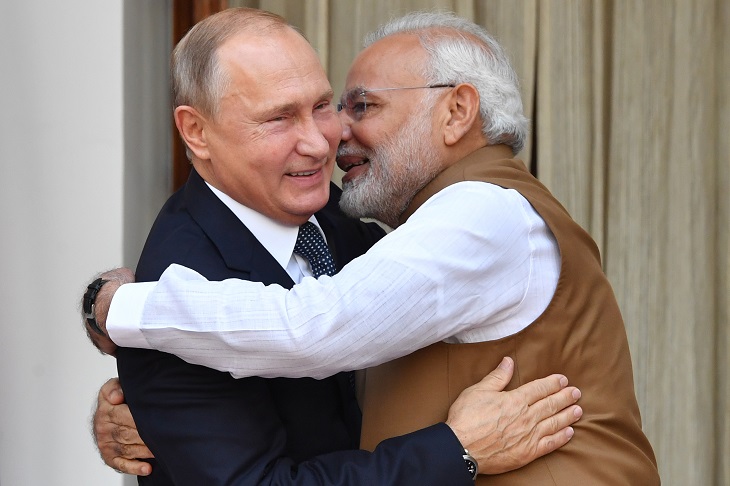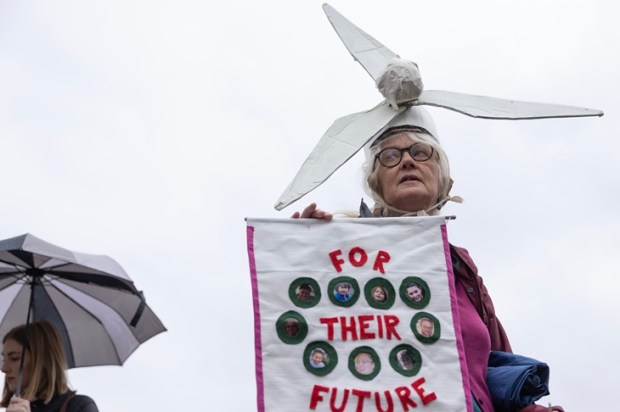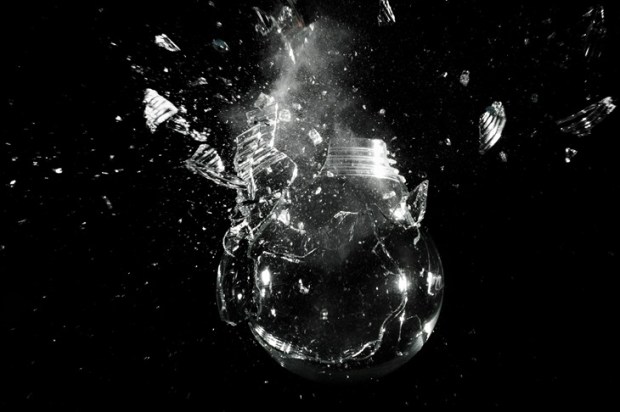India, like Australia, America, and Japan, is a full member of the ‘Quad’ – the new political group formed to work together on problems facing the Asia-Pacific.
Three members – America, Australia, and Japan – together condemned the war in Ukraine and President Putin’s ongoing military actions against an independent, sovereign nation that, despite the huge difference in military strength, chose to fight back.
Disappointingly, India held back from consensus. This hesitancy caused concern among the other members of the Quad. What was the reason behind India’s Prime Minister Narendra Modi’s decision to abstain from the UN General Assembly vote condemning Russia for the war?
Russia and India have historically supported each other; the India-Russia Intergovernmental Commission has been in force for some time now and India rates high with the Russian defence industry, with an embassy in Moscow and consulates-general in St. Petersburg and Vladivostok. A BBC poll in 2017 found that Russians viewed India as one of their chief ‘friends’ along with Belarus, China, Kazakhstan, and Syria.
A veteran Indian official, now retired in Australia, offered an explanation for Indian diffidence in the Quad, citing the ongoing border conflict between India and China in the Himalayas. The latest clash last June in the Galwan Valley in eastern Ladakh, left at least 20 Indian soldiers and possibly four Chinese dead, along the ill-defined 3,500 kilometres-long ‘Line of Actual Control’.
At the bottom of the conflict is water.
For centuries, snow-melt from the Himalayas flowed down to the plains forming India’s sacred rivers, the Ganges and Brahmaputra. Chinese plans to build the world’s largest dam on the Yarlung Tsangpo river in Chinese-controlled Tibet, which flows north into the Brahmaputra, threatens to cut off water to India and Bangladesh.
The Yarlung Tsangpo river is ideal for generating hydroelectric power. Along its reach, known in Chinese as ‘The Great Bend’, it reverses the direction of its flow with water falling nearly 2,250 metres from China into India. Damned and harnessed, the incredible force of these waters could power any number of hydroelectric stations, something China would dearly love to own.
Professor Alka Acharya, a former director of the Institute of Chinese Studies in New Delhi, told the media, ‘No way are the Chinese going to vacate what they occupy now.’ So, as a member of the Quad, India must tread carefully in dealing with Russia, knowing that behind Russia stands China. This is the same China that we now know directed Russia to hold off on invading Ukraine until after the Beijing Olympic Games – a direction which was obeyed.
Perhaps the Indian dilemma is best summed up in the poignant Aye Mere Watan Ke Logo (People of My Land), the lament now sung at patriotic rallies throughout the sub-continent.
‘When the great Himalayas were wounded and our freedom in danger,
They fought until their last breath and fell to the ground.
Some were Sikh or Marathi, some Gurkha or Madrassi
But each man who died there was an Indian’
Got something to add? Join the discussion and comment below.
Get 10 issues for just $10
Subscribe to The Spectator Australia today for the next 10 magazine issues, plus full online access, for just $10.

























Comments
Don't miss out
Join the conversation with other Spectator Australia readers. Subscribe to leave a comment.
SUBSCRIBEAlready a subscriber? Log in